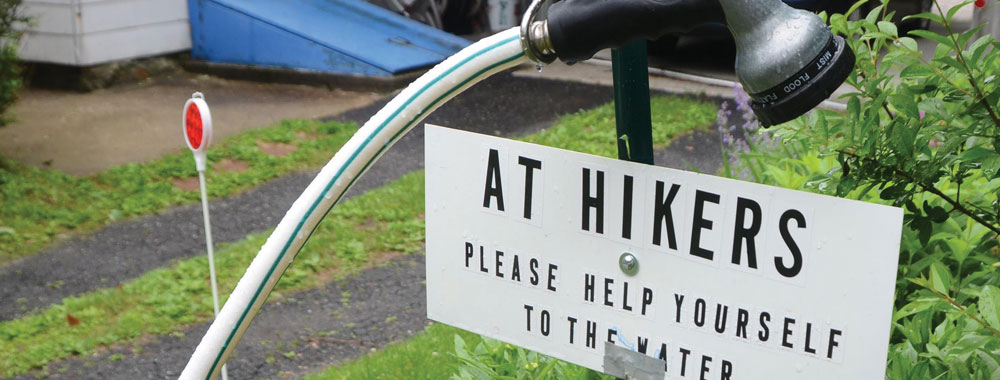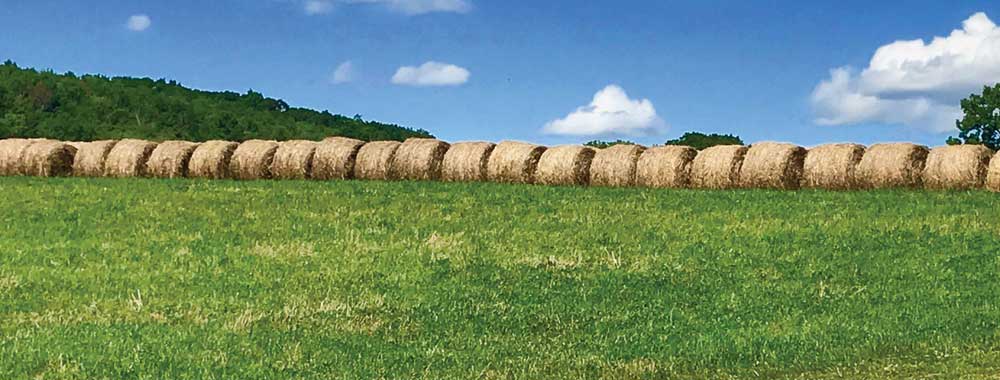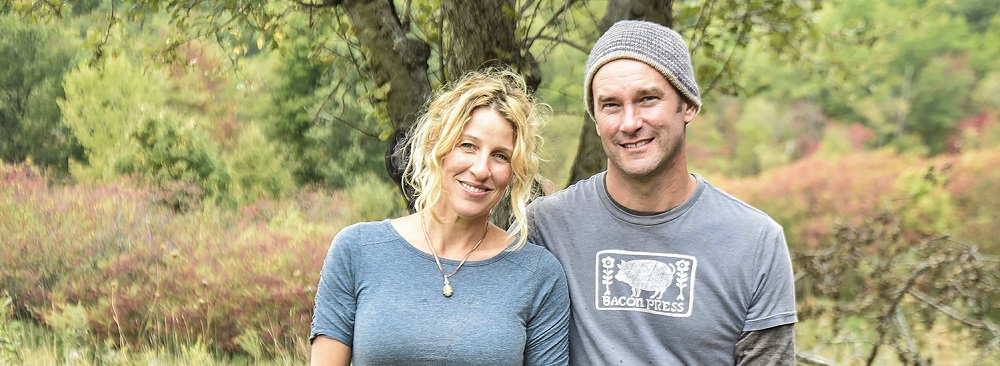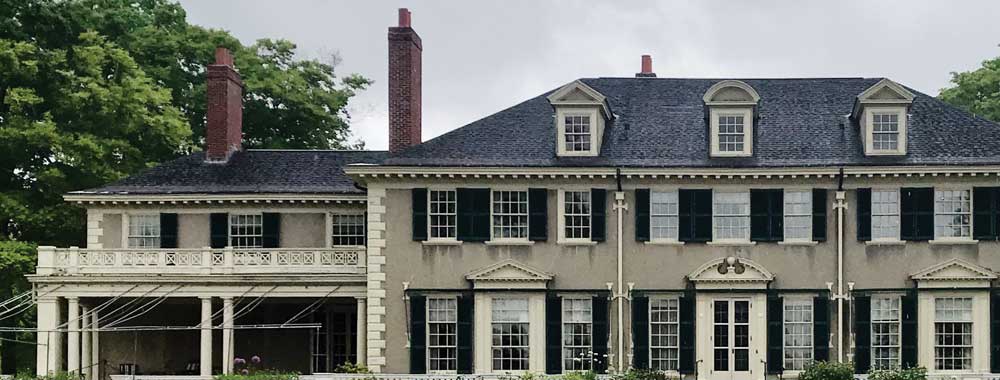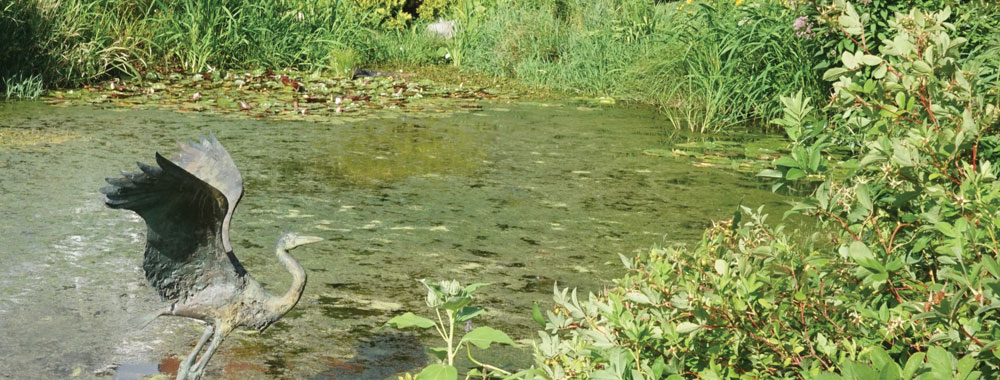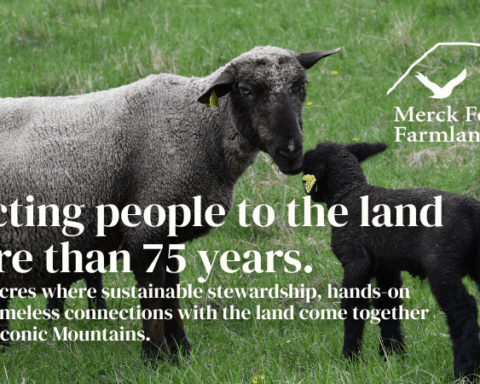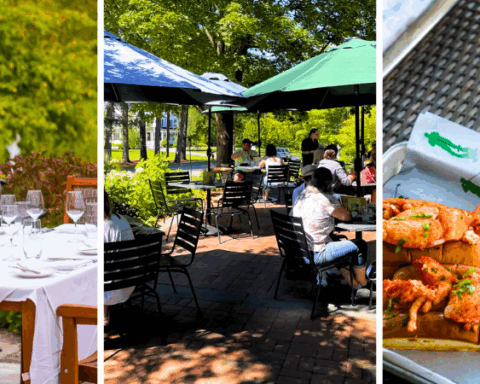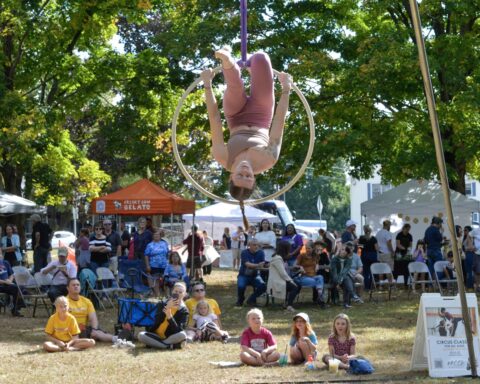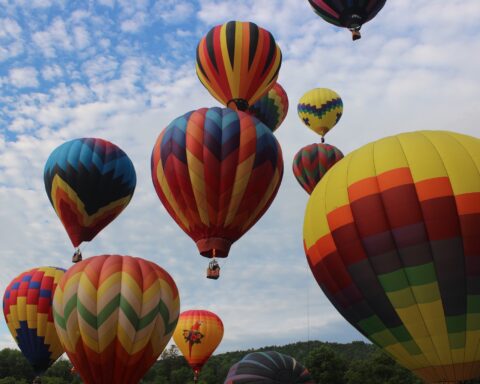
By Cherise Madigan
Walking into the wilderness, many seek a sense of self, vitality, and connectedness to the natural world.
Others may simply desire time in the outdoors, stunning views, or a physical challenge.
Featuring breathtaking peaks, tranquil forests, and refreshing bodies of water, a hike along sections of the Appalachian Trail — stretching across 14 states between Georgia to Maine — makes for a particularly compelling adventure.
For those hesitant to follow in the footsteps of Bill Bryson or Cheryl Strayed, however, the cornucopia of trails throughout the Berkshires and Southern Vermont present an alluring option for shorter excursions.
“Through the Berkshires and into Southern Vermont is so beautiful, and each town has a specific character,” explained Katie Mann of the Appalachian Trail Conservancy. “Section hiking the trail would be a fantastic trip for anyone, even if they wanted to jump around and do it weekend by weekend. Each of the communities is a great launching point, and it’s really fun to use the hikes to connect them.”
But it’s not just the region’s natural assets that make an excursion on the Appalachian Trail worthwhile. Rather, the communities along the trail, and the close connection that they’ve forged with hikers, may prove most memorable.
Among the more than 45 designated Appalachian Trail Communities along the East Coast, are five quintessential New England towns nestled in heart the Berkshires and Southern Vermont: Great Barrington, Dalton, Cheshire and North Adams in Massachusetts, as well as Manchester in Vermont.
“We wanted this program to have a mutual benefit, and all five are just exemplary communities” Mann explained. “They represent the essence of what this whole program is about — service to hikers and visitors, supporting the trail, and encouraging people to use it in a sustainable way, so it can be here in perpetuity.”

“The AT is a part of this environment, and our connection to it is precious,” said Deborah Phillips, a representative of the AT Community in Great Barrington. “Becoming an AT Community raised our awareness of the trail and encouraged us to celebrate that connection.”
And celebrate each community does, with annual events meant to raise awareness of, and engagement with, local trail systems. While such events tend to attract a mix of locals, hikers, and other visitors, Mann notes that the long-term impacts of the designation may be even more advantageous.
“One thing we’ve heard from the AT communities is that the program really brings all of the information together,” Mann explained. “Businesses and individuals are more involved in the trail, and serving the hiking community, through bringing their resources together and identifying ways to be involved with the AT… It’s a way to build community.”
In Vermont specifically, where the state government is working to enhance outdoor recreation assets to boost tourism, becoming an AT Community was a “no-brainer” according to Manchester’s Anne Houser.
“The governor has even mentioned outdoor recreation as one of our biggest potential business opportunities, and if we do shape ourselves as a tourist state we need to consider the AT and the Long Trail,” Houser said.

AT Communities may also experience a degree of economic stimulation according to Mann, with more hikers encouraged to come through via guidebooks and online resources. Often, businesses will latch on to this increased foot traffic by offering special deals to hikers.
A designation requires a comprehensive list of available amenities like grocery stores, laundromats, showers, and gear stores to be provided to hikers, Mann notes that being an AT Community often proves favorable for business owners as well.
“People are more welcoming to hikers now, and it has given them the idea that they should be embracing thru-hikers,” said Joshua Moran of the North Adams AT Community, who notes many businesses and the North Adams Public Library offer hikers special discounts or services. “One thing North Adams is doing more of now is recognizing, and appreciating, the thru-hikers that come into town.”
With the multitudes of trailheads and a close cluster of AT Communities, the Berkshires and Southern Vermont provide the ideal landscape for a hike that’s completely customizable. Stop when you want to rest, enjoy the trails to your heart’s content, and utilize the countless resources available in each community.
In Great Barrington, the southernmost AT Community in the region, Phillips insists that town’s culinary landscape provides a real treat compared to camp meals. Though the town’s center isn’t located directly off of the trail, hikers are able to walk a ways on the road or hitchhike into town in order to experience all that Great Barrington has to offer.
“The good news is that a lot of us pick up hikers and help them on their way,” Phillips added.

Dalton, just north of Great Barrington, has long been considered a hiker-friendly town according to Andrea Lassor, a AT Community representative. Showers have been available at the Dalton Community Recreation Center for years, she says; local trail angels often provide rides and allow hikers to camp in their yards; and accommodations like restaurants, a laundromat, and a library are only steps from the trail.
“The ATC Hikers know in advance that Dalton businesses and residents look forward to their visit, and many will plan to spend time in town before continuing on the trail,” Lassor added. “There is now a more coordinated effort to respond to hikers’ needs, and businesses appreciate hikers visiting their establishments.”
Though Cheshire is the newest trail community in the region, the town is no stranger to hikers according to Karen Daigle, AT Community representativa and fellow community activist Eileen Quinn. The doors of St. Mary of the Assumption are open to hikers during the day, they explain, the post office is a destination for many, and the local ice-cream stop Diane’s Twist allows hikers to hydrate, use the bathroom, and charge their phones.
“There are so many beautiful natural resources in Cheshire,” Quinn explained. “The AT and our local rail trail are breathtaking, as is Cheshire Lake, where you can see views of Mount Greylock in certain places.”
Joshua Moran’s “Bikes for Hikes” service, based out of his home just miles from the trail, has quickly become popular with hikers. While the AT Community leader also recommends a trip to the summit of Mount Greylock, he notes that nearby cultural attractions can’t be missed.
“I would recommend hiking through the Berkshires because of the mixture of nature and the arts,” Moran said, highlighting institutions such as Mass MoCA and the Clark Art just miles from the trail.
While arts and culture — as well as shopping — are equally vibrant in Manchester, Houser notes that the expansive wilderness that separates her town from the Berkshires is alluring in its mystery. As one of the biggest wilderness areas on the trail, the Glastonbury Wilderness between Massachusetts and the Northshire contains extreme terrain, a towering ridgeline, and even moose and black bears.
“There’s no infringements on the wilderness up there, but once you get into Manchester everything is so accessible and walkable,”explained Houser, whose outdoor gear shop The Mountain Goat serves as a hiker’s haven. “There’s so many great restaurants, a movie theatre across from the laundromat, and great shops as well as groceries. Hikers just love it in Manchester.”

While in the depths of the wilderness, you may just stumble upon your own introspection, appreciation for nature, or bodily exhilaration. With such vibrant stops awaiting you at all junctures, however, that solitary experience is beautifully juxtaposed with a sense of community and camaraderie.
“When Benton MacKaye founded the Appalachian Trail, he viewed it as a wilderness experience that could simultaneously connect communities along the trail,” Mann concluded. “We’re still working to build upon that vision.”
To learn more about Appalachian Trail Communities, visit: appalachiantrail.org/home/conservation/a-t-community-program
Cherise Madigan is a native Vermonter and frequent contributor to the Manchester Journal and Bennington Banner.
